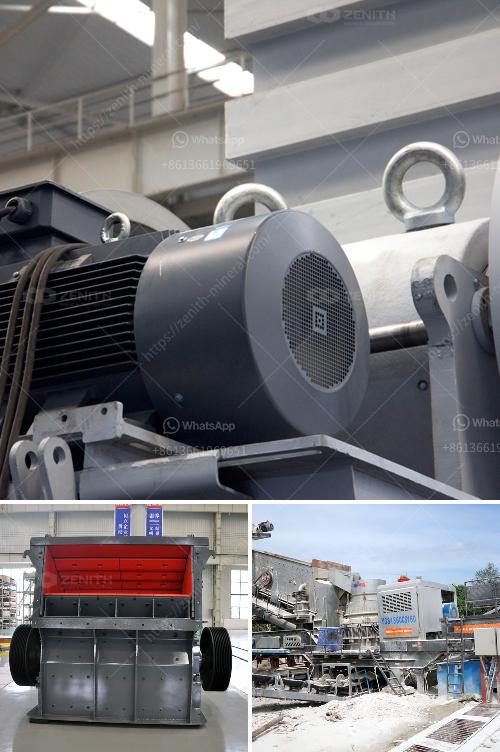Adjusting an impactor crusher is crucial for optimizing its performance and ensuring efficient operation. Below are general steps to guide you through the process:
-
Safety First:
- Always turn off the crusher and disconnect it from the power source before making any adjustments.
- Wear appropriate safety gear, such as gloves, goggles, and a hard hat.
-
Check the Manufacturer's Manual:
- Different impactor crushers may have specific adjustment procedures. Refer to the manual for guidelines and recommendations from the manufacturer.
-
Inspect the Machine:
- Examine the impactor crusher for wear and tear, loose parts, and any other issues that could affect adjustments.
-
Adjust the Feed Size:
- Ensure the material being fed into the crusher is within the designated size range. If necessary, adjust the feeder settings to control the size of the input material.
- Verify that the feed rate is consistent and within the capacity of the crusher.
-
Adjust the Gap Settings:
- The gap between the impact plates and the hammer/blow bars determines the size of the output material.
- Adjust this gap according to the desired output size and the specifications provided in the manual.
- To adjust the gap, locate the adjustment rods or hydraulic cylinders that control the gap size, and make the necessary changes.
-
Adjust the Speed:
- Some impactor crushers allow for speed adjustments. Modifying the rotor speed can affect the crushing process. Consult the manual for guidance on appropriate speed ranges.
-
Check Wear Parts:
- Regularly inspect the wear parts such as the blow bars and impact plates.
- Replace worn parts to maintain optimal performance.
-
Test the Adjustments:
- After making adjustments, restart the crusher and process a small amount of material to test the changes.
- Monitor the output size and shape to ensure adjustments are correct.
-
Fine-Tuning:
- Based on the test results, fine-tune the adjustments as necessary. Make incremental changes and observe the effects.
-
Record and Monitor:
- Document the adjustments made and monitor the crusher's performance over time. Regularly inspect and readjust as needed to maintain efficiency.
Remember, these are general steps, and specific procedures may vary depending on the make and model of your impactor crusher. Always prioritize safety and follow the manufacturer's recommendations.

